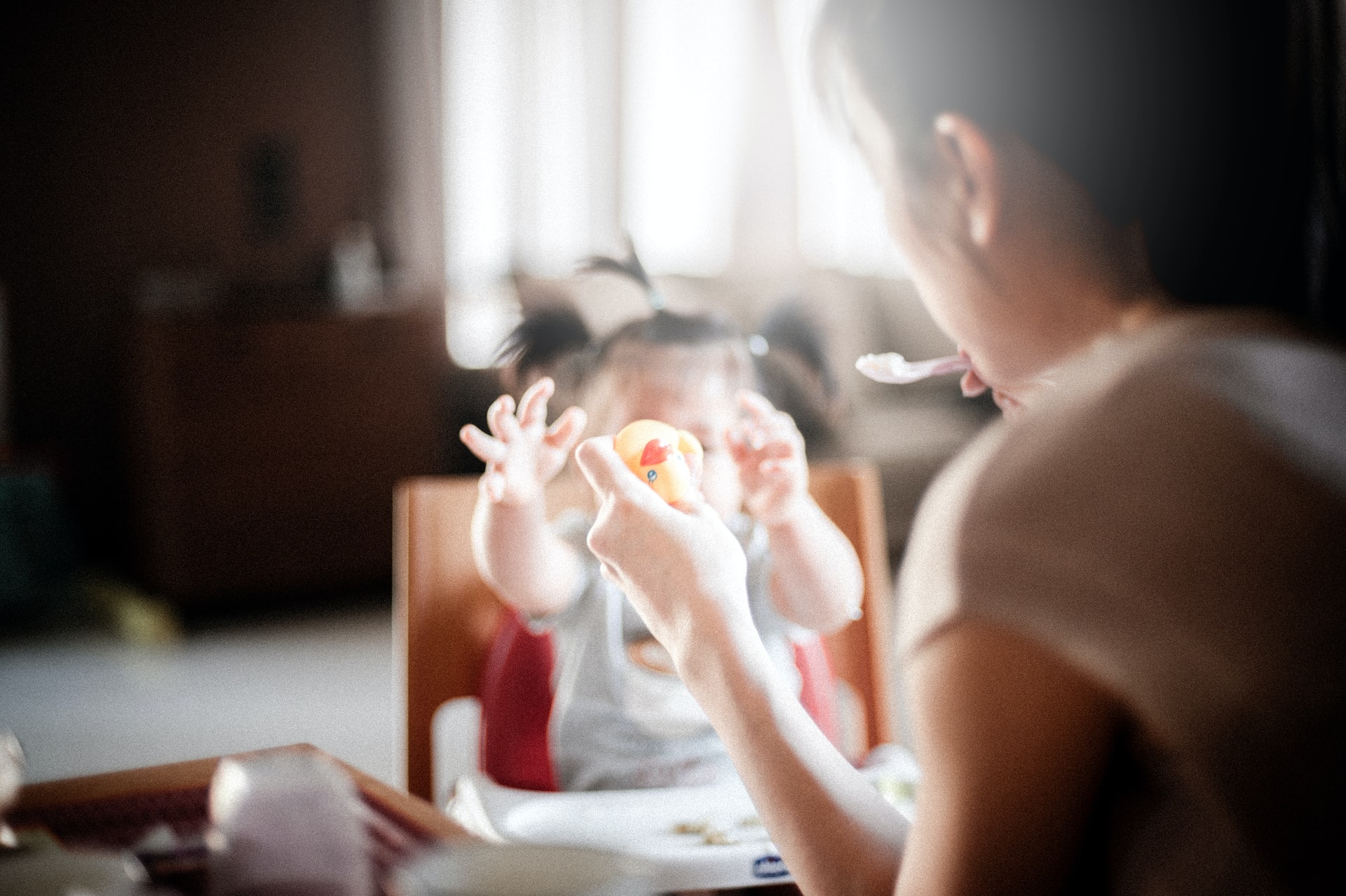TYPES OF CUSTODY – JOINT AND SOLE CUSTODY
- Joint custody (Physical and legal)
- Legal: Both parents have a legal responsibility to make important decisions regarding the child’s life. These decisions can be made on schooling, religion, medical care etc.;
- Physical: Allows for maximum physical involvement and contact in child’s life between both parents.
- Sole custody (Physical and Legal)
- Legal: One parent has the sole responsibility of making decisions regarding their child’s life;
- Physical: One parent is recognised as the primary guardian. Visitation arrangements are made for the child to remain in contact with the non-custodial parent.
In summary, joint physical custody is where the child spends time with both parents, either through frequent visits or any form of contact and appropriate time spent together.
In situations involving sole custody, a parent may still be permitted to frequently visit the child depending on the child’s bests interests as determined by the court. However, the orders made regarding sole custody primarily consist of:
- One parent having the sole responsibility of caring for the child without having to consult with the former spouse;
- The child living with one parent exclusively;
- Limited contact with former spouse.
A parent essentially has more or total control over the child when holding ‘sole parental responsibility’. This is not an order made by the court easily.
The ‘Best interests of the Child’
The principle is of fundamental importance in family law. Under the Family Law Amendment (Shared Parental Responsibility) Act 2006, the court is required to consider the ‘best interests of the child’ when determining issues relating to custody and parental responsibility.
Parents will initially share equal responsibility by default until an order is made determining otherwise.
Under The Family Law Act 1975, the judge will consider various factors when making a decision on the custody arrangements for the child. These can include the following:
- How far apart the parents live from each other;
- Which parent would be more willing to facilitate contact between a child and its other parent;
- Which parent can better provide for a child’s needs, both financially and emotionally.
Who Is Responsible for Paying Child Support?
The type of child support arrangements made will depend on the financial circumstances of both parents. A parent who takes care of the child at least part of the time is entitled to apply for child support.
An assessment is the most common type of child support arrangement. Both parents’ income are taken into account, as well as the level of care given by each parent to the child, before a determination is made as to the amount to be paid to one another.
If one parent has sole physical and legal custody, the non-custodial parent will be responsible for paying child support.
It is important to note that child support may not be required in some instances, especially if the time is split evenly between both parents, or if it is not economically feasible to do so. This determination however is ultimately left for the court to decide.










